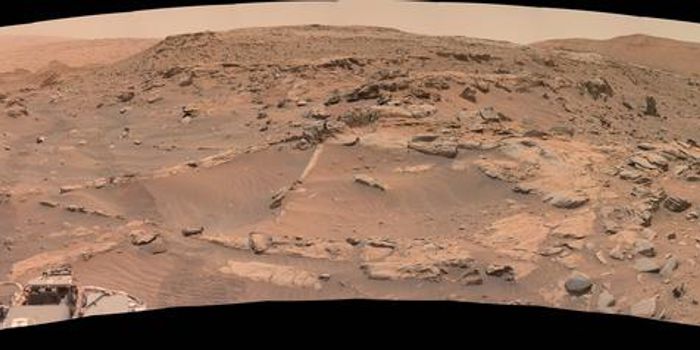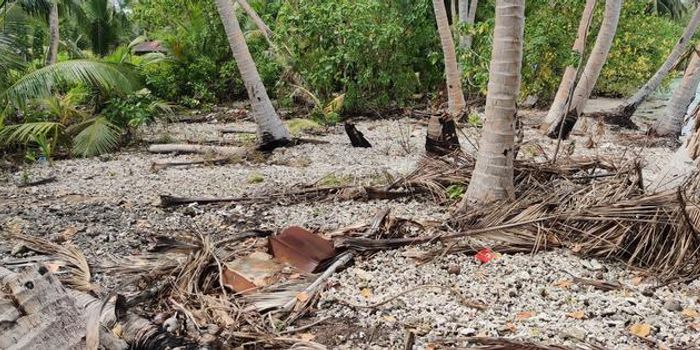Cosmic Dust Reveals 30,000 Years of Arctic Sea Ice History
What rate has sea ice been decreasing in the last few decades? This is what a recent study published in Science hopes to address as a team of researchers investigated the history of sea ice decline over the last 30,000 years. This study has the potential to help researchers, climate scientists, legislators, and the public better understand the history of sea ice decline and develop prediction models as climate change continues contributing to future sea ice decline.
For the study, the researchers analyzed sediment cores of cosmic dust, specifically helium-3 and thorium-230 isotopes, to reconstruct Arctic sea ice coverage based on locations where the dust had fallen and where it hadn’t fallen. The reason cosmic dust was used was due to the absence of orbital satellites tens of thousands of years ago during the last ice age, and since cosmic dust falls to the Earth at a constant rate. In the end, the researchers found that reduced cosmic dust corresponded with year-round ice coverage, which they also noted occurred approximately 20,000 years ago during the last major ice age. They also note that these findings provide an essential one-two punch regarding not only past ice coverage but also helping build prediction models for future ice coverage.
“If we can project the timing and spatial patterns of ice coverage decline in the future, it will help us understand warming, predict changes to food webs and fishing, and prepare for geopolitical shifts,” said Dr. Frankie Pavia, who is an assistant professor of oceanography at the University of Washington and lead author of the study.
This study comes as sea ice coverage worldwide continues to decline from the increasing threat if climate change. Therefore, studies like this demonstrate how ancient sea ice coverage could be used to develop predictions for future sea ice coverage.
What new discoveries about sea ice decline will researchers make in the coming years and decades? Only time will tell, and this is why we science!
As always, keep doing science & keep looking up!
Sources: Science, EurekAlert!
Featured Image Credit: Bonnie Light/University of Washington








